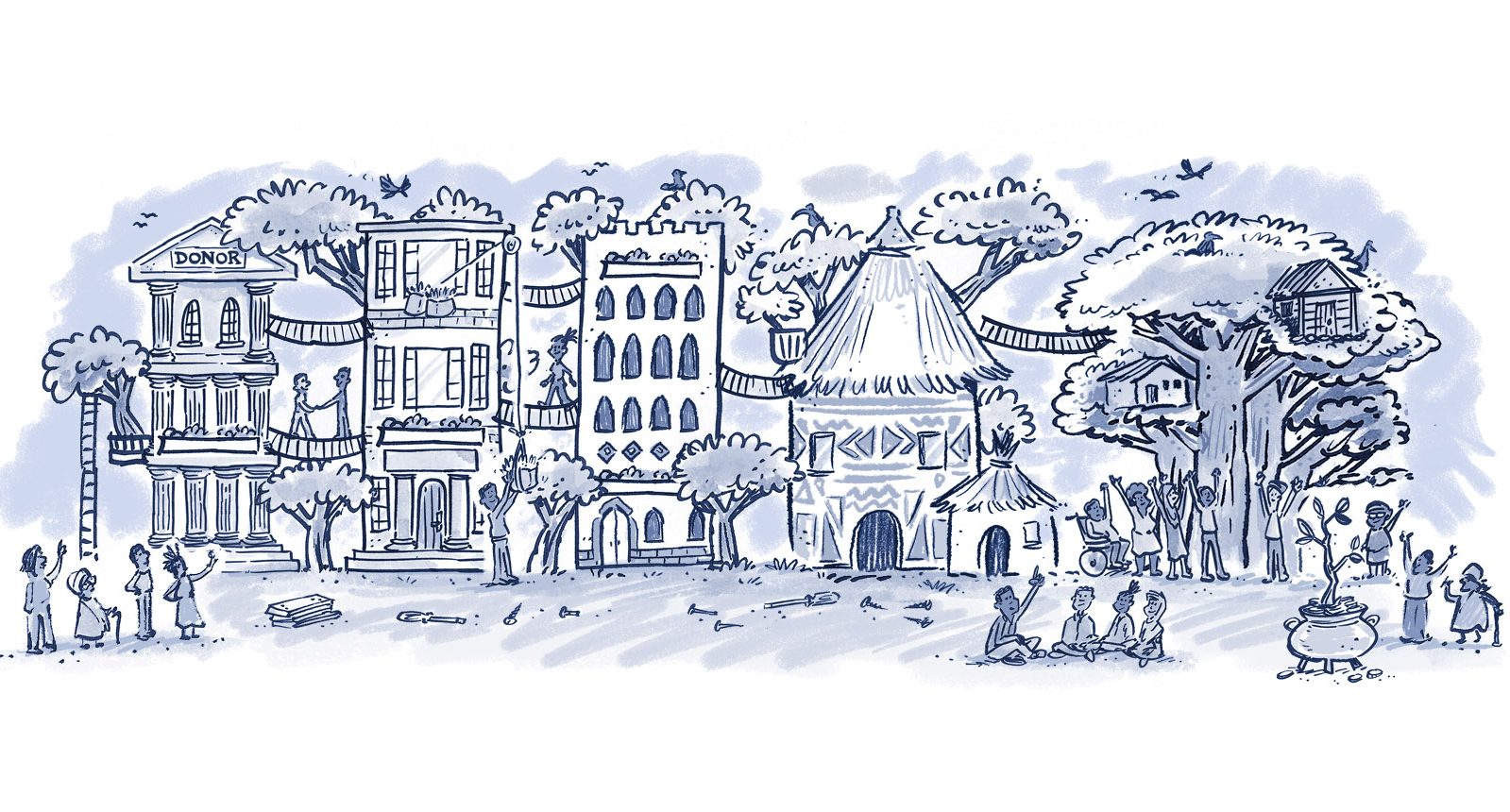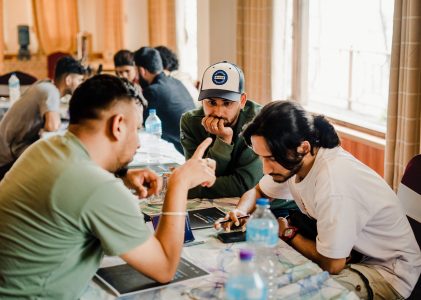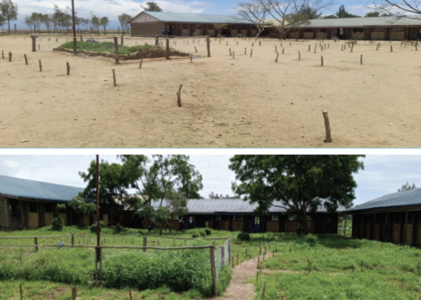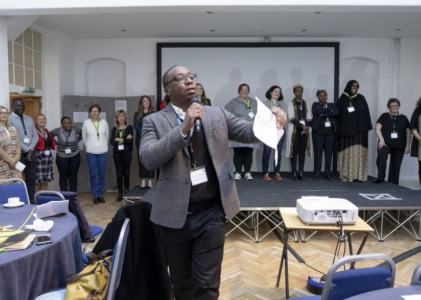How Zamkanda is reimagining Zambia’s waste
Just beyond the city limits of Lusaka, the Chunga landfill sprawls across 24 hectares. It’s more than a final resting place for the city’s trash; it’s an active source of methane, a powerful greenhouse gas seeping into the atmosphere. Most people look away. But Barbara Nöst, co-founder of Zamkanda, looked closer and wondered: what if the very waste creating this problem held the key to solving it?










